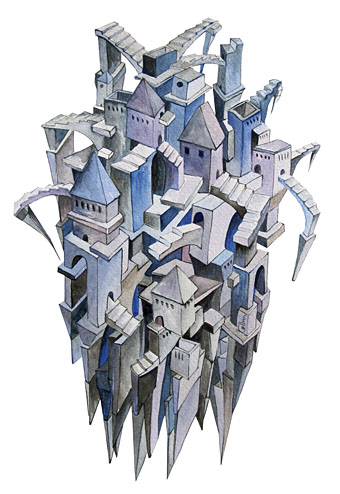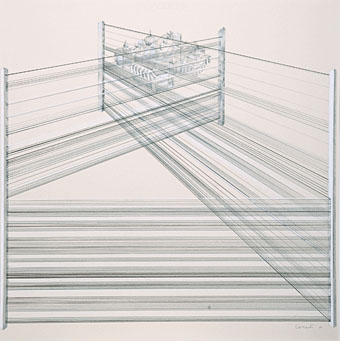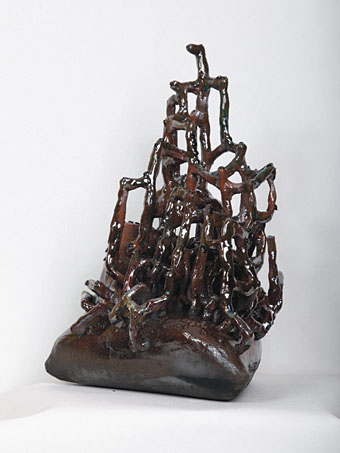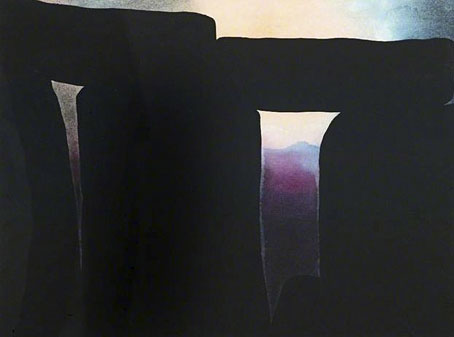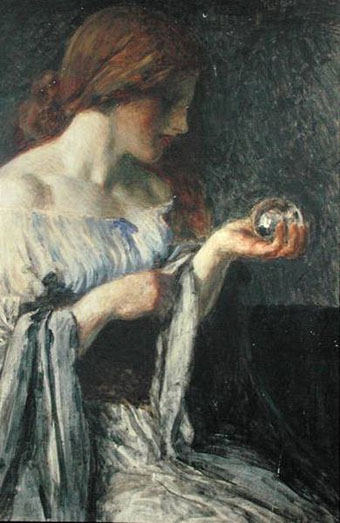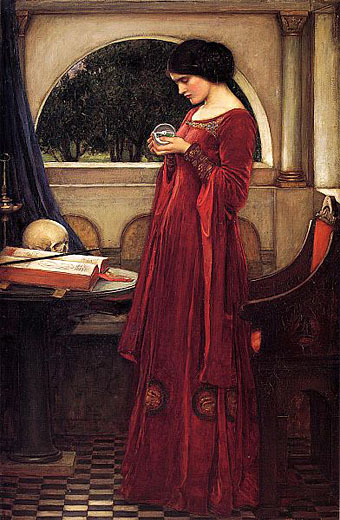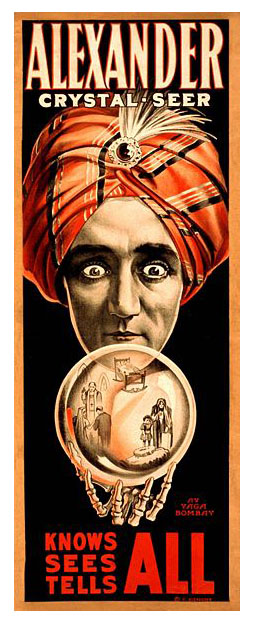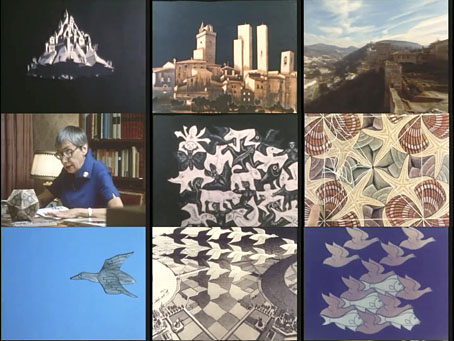The Magic Mirror of MC Escher (1985).
MC Escher has been in the news recently as a result of the exhibition at the National Galleries of Scotland. By coincidence, I’ve been engaged in some Escher-like work of my own this week, the project at hand being one that makes reference to Escher-style effects rather than anything specifically derived from the artist’s prints. As a consequence of this I’ve had Bruno Ernst’s book lying around, the cover of which kept catching my eye with its astonishing precision. The standard collection, The World of MC Escher (1971), has been on the shelf for many years but I only picked up a copy of the Ernst book a few months ago. It’s an ideal complement to the earlier volume being a combined monograph and analysis of Escher’s pictorial effects which includes sketches, reference material and even a few pieces that aren’t included in the bigger book.
The print on the cover, Snakes (1969), is a woodcut of incredible accuracy, a quality that’s much more evident in the Ernst book which not only shows the print in colour but also shows more of the preliminary sketches that the earlier book. Many viewers of this print might be fascinated by the fractally interlaced circles but for me the fascination is in the scales of the snakes and the perfect grading of light and dark, concave and convex. We’re used to woodcuts being fairly crude representations (see yesterday’s post) but Escher used the medium with absolute precision. The sketches show how he worked out the arrangement of the scales although he still had to carve every line perfectly—then do the same again for the other two snakes. This was Escher’s last print but as Ernst says, “it proved that there was no diminution in his skill”.
Previously on { feuilleton }
• The Fantastic World of MC Escher
• MC Escher album covers
• Escher and Schrofer




